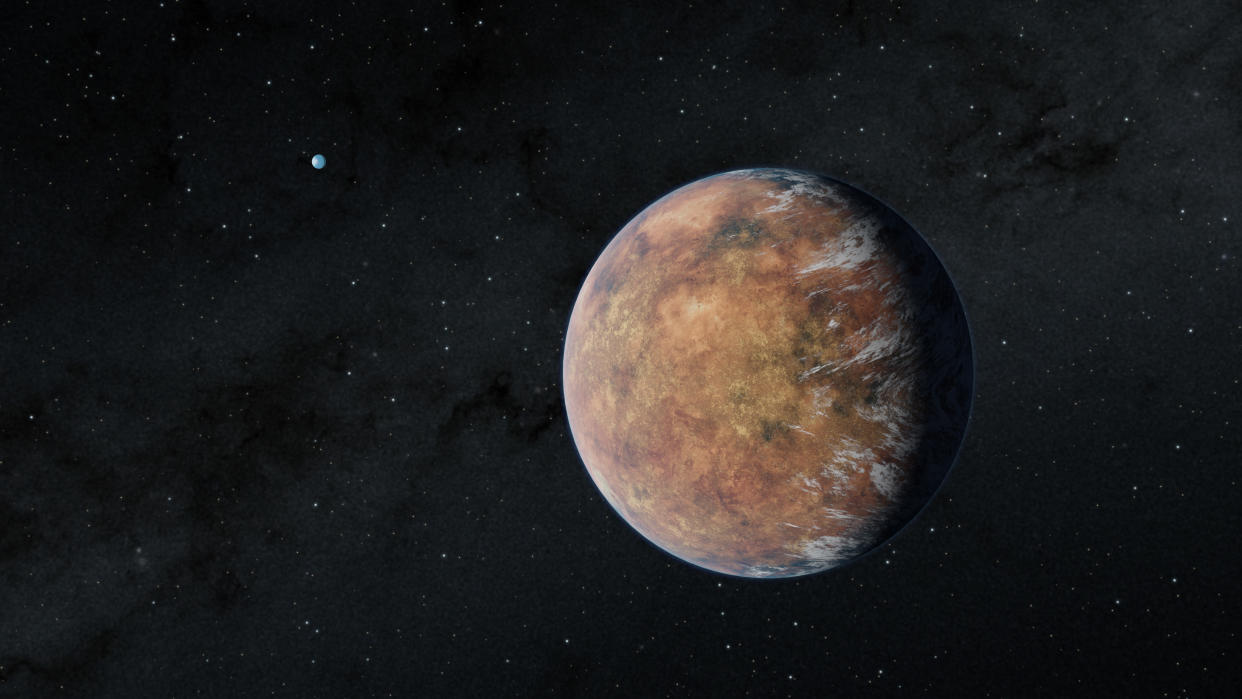NASA discover new Earth-like planet in its star's habitable zone

Using data from NASA's Transiting Exoplanet Survey Satellite, scientists have identified a new Earth-sized world, called TOI 700 e.
It orbits within the habitable zone of its star - the range of distances where liquid water could occur on a planet's surface. The world is remarkably similar to Earth - being 95 per cent of its size and likely rocky.
Astronomers previously discovered three planets in this system, called TOI 700 b, c, and d. Planet d also orbits in the habitable zone. But scientists needed an additional year of TESS observations to discover TOI 700 e.
"This is one of only a few systems with multiple, small, habitable-zone planets that we know of," said Emily Gilbert, a postdoctoral fellow at NASA's Jet Propulsion Laboratory in Southern California, who led the work.
"That makes the TOI 700 system an exciting prospect for additional follow up. Planet e is about 10 per cent smaller than planet d, so the system also shows how additional TESS observations help us find smaller and smaller worlds."
TOI 700 e, which may also be tidally locked, takes 28 days to orbit its star, placing planet e between planets c and d in the so-called optimistic habitable zone. Scientists define the optimistic habitable zone as the range of distances from a star where liquid surface water could be present at some point in a planet's history.
This area extends to either side of the conservative habitable zone, the range where researchers hypothesise liquid water could exist over most of the planet's lifetime. TOI 700 d orbits in this region.


